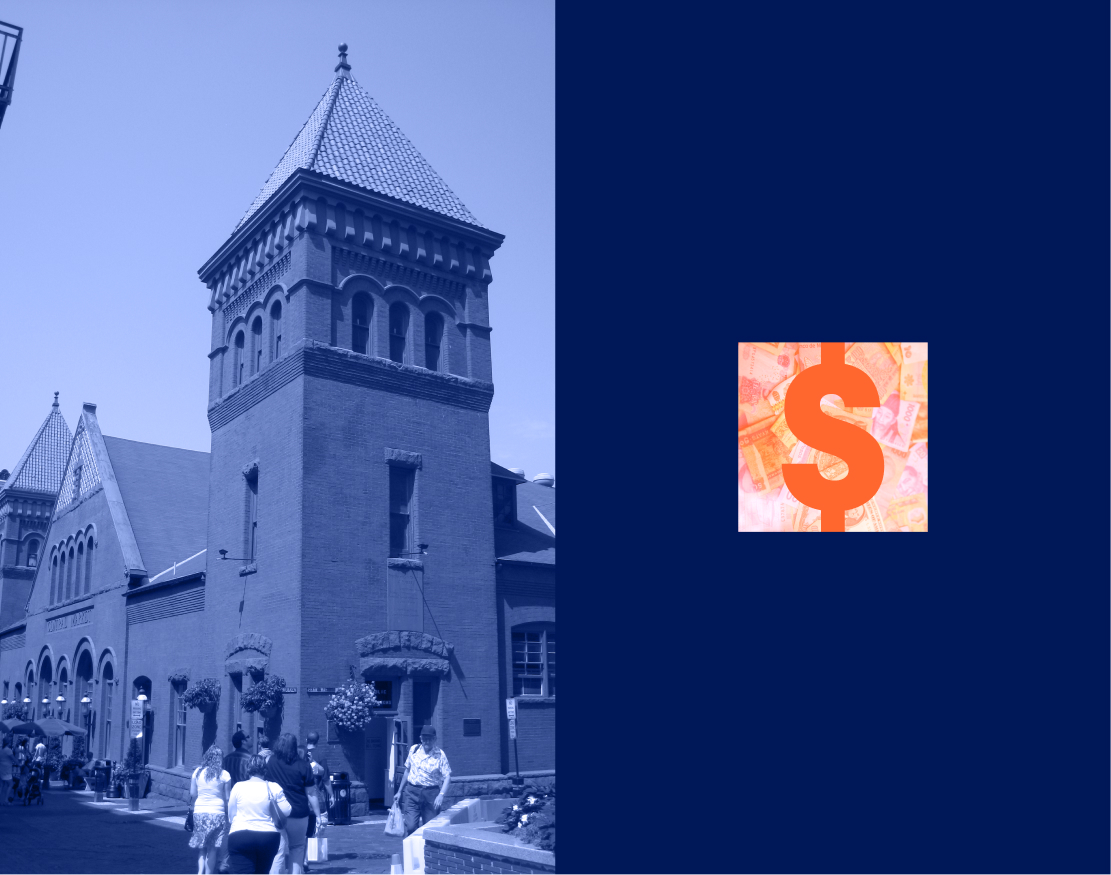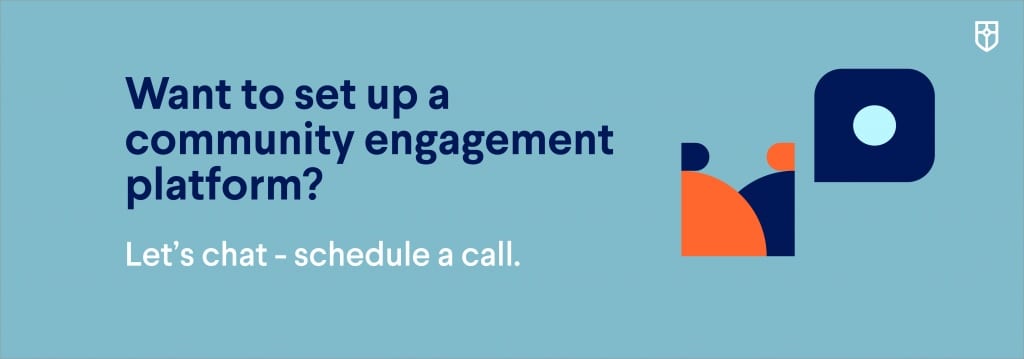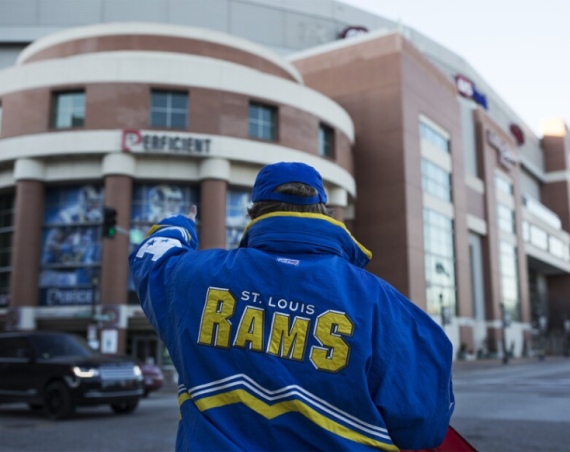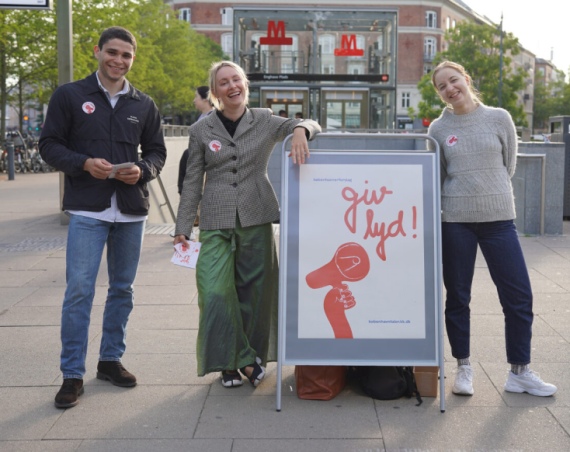How do you cross the digital divide and blend online and offline (traditional) community engagement? What about during a pandemic? The City of Lancaster used online, offline, and blended approaches to ensure their diverse population was well represented in the City’s new engagement initiatives, which ranged from policing to mobility planning.
This inclusive approach increased participation, including within traditionally under-heard communities, and gave the City the confidence to use their online engagement platform Engage Lancaster to tackle challenging local problems.
The need for community engagement
A mid-sized city of over 60,000 with a greater metro area of just over 525,000, Lancaster is as diverse as some of the world’s largest capitals. While known for its Amish population, 40% of Lancaster residents are Spanish-speaking and the city resettles the most refugees per capita in the United States. With a population so rich with diversity, the City wanted to ensure that its many upcoming projects across transportation, housing, policing, and other issue areas were informed and shaped by feedback that fully reflected the Lancaster community.
With the pandemic keeping residents at home, the Mayor’s Office and Department of Neighborhood Engagement (DoNE) needed to address the city’s own digital divide, and find new ways to engage several traditionally offline and underrepresented communities. Milzy Carrasco, appointed in 2018 to run DoNE, led the charge.

The solutions used
The DoNE team met with various stakeholders to identify priorities for their engagement approach and agreed that an online platform was necessary. They needed something that was easy to use and had strong language accessibility, and they wanted access to hands-on support and engagement expertise. Working with CitizenLab, they launched Engage Lancaster to move their approved projects online with a plan for ensuring everyone could be heard.
To create something truly innovative, DoNE borrowed from best practices from CitizenLab’s network of over 300 local governments and organizations.
Milzy reflected, “we have access to what other cities are doing – and with cities facing the same pandemic challenges at once, that helped expedite our work and improve it in real-time.”
To ensure the community would use Engage Lancaster, the DoNE team also met with local stakeholders in schools, places of worship, housing authorities, after-school programs, and even local businesses to ask them to commit to the platform. They also used their active social media accounts to promote Engage Lancaster and encourage people to move their comments to the platform for community-wide dialogue.
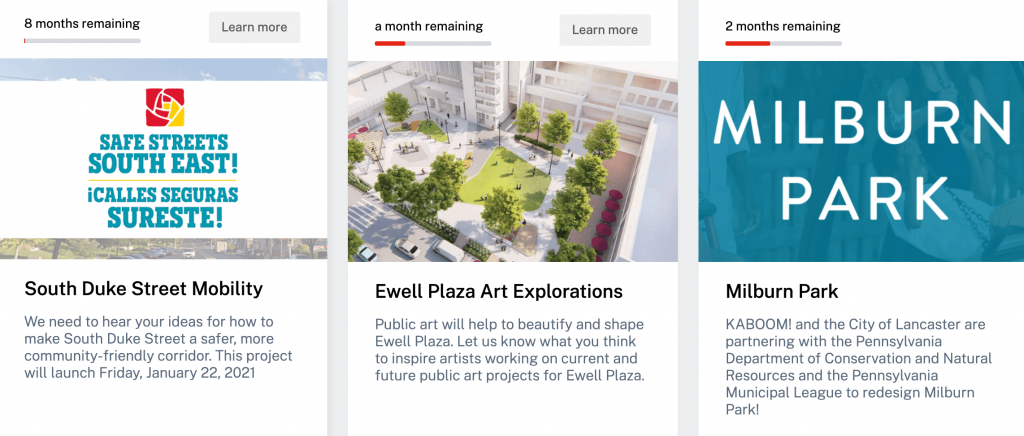
Hyper aware of the ways digital divides could exclude some groups – particularly low-income residents, the elderly, and recently resettled refugees who often lack access to digital tools and can be hesitant to take part in government consultations – DoNE wanted to make it as easy as possible for people to weigh in. They took several steps towards inclusion, including:
- Involving residents from the start by co-designing surveys and flyers directly with the community, and giving them a say in how and when to distribute those materials to ensure high participation.
- Distributing digital and paper surveys (in multiple languages) and then uploading paper responses onto the platform so that the data sat alongside digitally entered ideas and comments.
- Creating a branded Engage Lancaster video in multiple languages to guide residents on how to use the platform.
- Adding QR codes to paper flyers and posters so that viewers could easily be redirected to the mobile site.
- Sharing information through public service announcements on local radio, via paper flyers, door knocking, and targeted outreach to community leaders. DoNE is also exploring new ways to reach residents, including sending flyers out with quarterly water bills.
Outcomes
DoNE set out ambitious goals for Engage Lancaster, launching deliberation projects on everything from their Green Infrastructure Program to a participatory budget of over $9,000,000 of public funds.
“We asked the community to give us feedback on how to spend the funds, and they came back and said ‘Well, let me tell you!’ The process forced us to ask for input on the content versus just the final plan – people weren’t just asked to review a long document, they were able to give feedback on the process, and contribute ideas and content – that got them so much more engaged,” said Milzy.
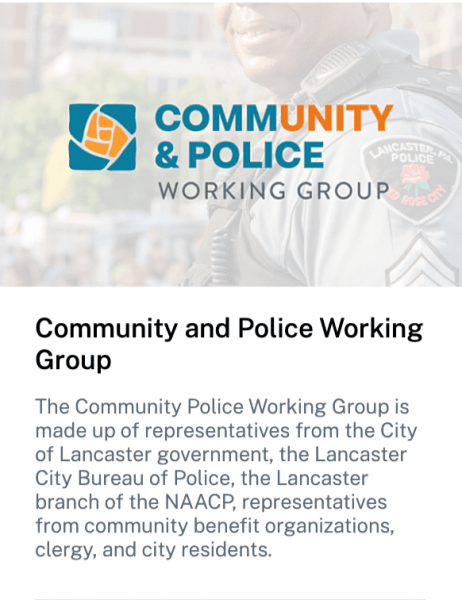
DoNE also used Engage Lancaster as an opportunity to facilitate tough conversations around policing and public safety. Using the platform’s more deliberative features, DoNE: 1) hosted listening sessions for the recruitment of the City’s next Chief of Police, ensuring the community had a say in the hiring process; and 2) facilitated a Community and Police Working Group that deliberated on issues such as the use of force, civilian complaint forms, and body cameras. Because the DoNE team knew the feedback they gathered was both inclusive and equity-driven, they felt comfortable facilitating these complex, and at times difficult, conversations with the community.
By incorporating traditional engagement methods and merging them with online engagement options, the platform launched with 13x the participants compared to the “usual suspects” who attend town hall meetings. Today, the Engage Lancaster platform has over 750 registered participants contributing ideas, input, votes, and comments that will shape the future of their community. What’s more, a large percentage of these new participants belong to minority groups and are usually underrepresented in these conversations.
Lessons learned
Successful external community engagement facilitates change to internal City processes and culture. DoNE’s work not only reframed how City leaders saw engagement, but as the group began to work across departments, they noticed a shift towards more collaboration and data sharing. Getting community engagement became a strategic priority.
As Milzy put it, “engagement has gone from something we should do to something we have to do.”
DoNE’s approach to external engagement has also helped the City improve its internal project management processes across teams. DoNE found that using a centralized platform broadly encouraged cross-department collaboration and the adoption of standardized tools, like communication templates and language access plans. As Milzy put it, “having a process for working across departments through a project management checklist really helps streamline our work before a project even launches. We now use the system we developed to train our internal departments on project management!”
